Woodworking is an age-old craft that has evolved into an art form. While traditional methods are well-known, some lesser-known techniques produce stunning masterpieces. These uncommon methods require precision, creativity, and a deep understanding of wood. Each technique brings out unique patterns, textures, and details in the wood, transforming it into a work of art. Here, we explore some of these extraordinary woodworking methods that result in truly exceptional pieces.
Marquetry
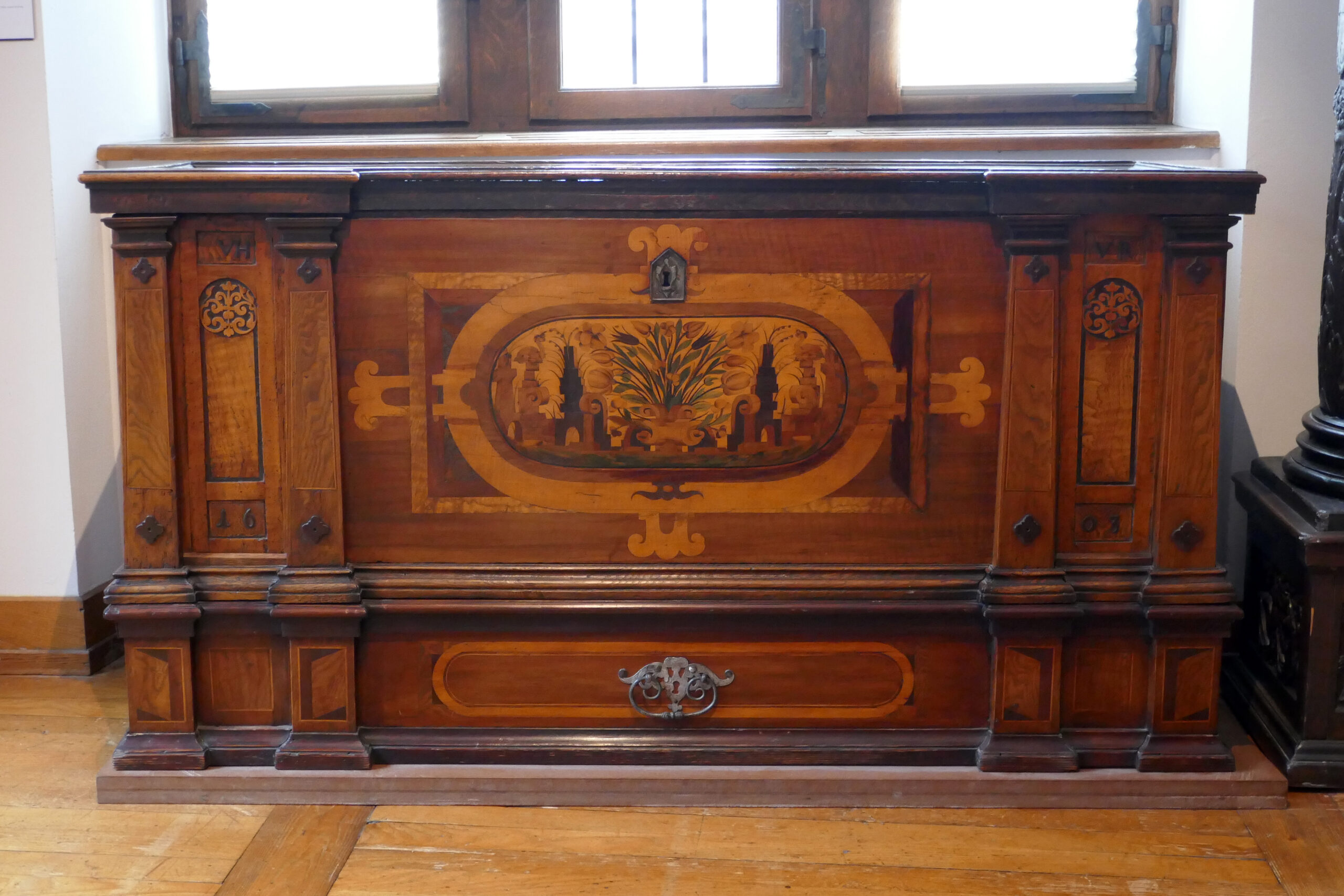
Marquetry is an intricate woodworking technique that involves creating pictures or patterns by inlaying small pieces of wood, metal, or other materials into a wooden surface. The history of marquetry dates back to ancient Egypt, where it was used to adorn furniture and decorative objects. Each piece of material is carefully selected for its color and grain, then meticulously cut and fit together like a puzzle. This method gained popularity during the Renaissance, especially in France and Italy, where artisans used it to embellish royal furniture. Marquetry requires patience, precision, and a keen eye for detail, resulting in highly detailed and beautiful designs.
Intarsia
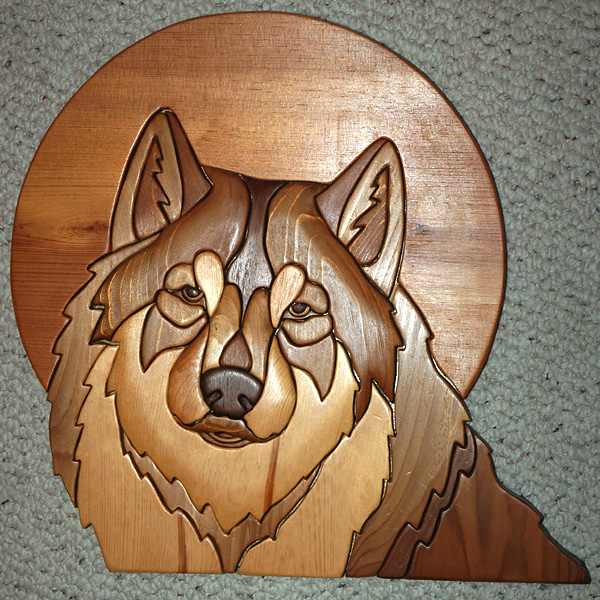
Intarsia is a woodworking technique that involves fitting together various shapes of wood to create a mosaic-like picture. This method has its roots in ancient Persia and became popular in Europe during the medieval period. Each piece of wood is selected for its natural color and grain, then shaped and sanded individually. The pieces are then assembled like a jigsaw puzzle, creating a three-dimensional effect. Intarsia requires great skill and an understanding of wood types, as the natural colors of the wood are used without stains or paints. The final result is a stunning, lifelike image made entirely of wood.
Parquetry
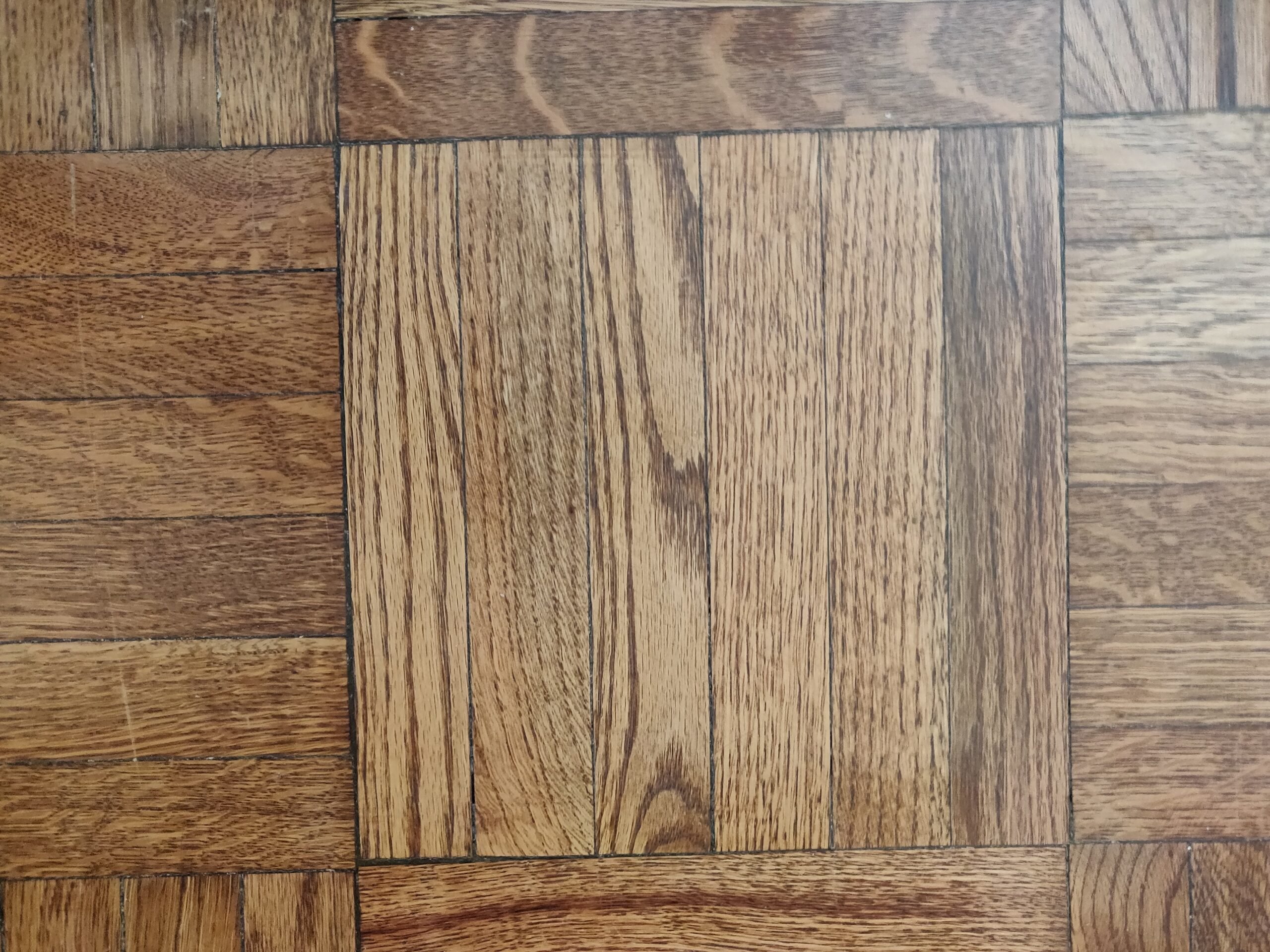
Parquetry is the art of creating geometric patterns and designs by inlaying small pieces of wood into a floor or surface. This technique became popular in France during the 17th century, especially in the decoration of floors in palaces and mansions. The wood pieces are usually cut into squares, triangles, or other geometric shapes, and then assembled to form intricate patterns. The natural colors and grains of different wood types are used to enhance the design, creating a visually appealing and durable surface. Parquetry is still used today in high-end flooring and furniture, admired for its elegance and craftsmanship.
Wood Turning
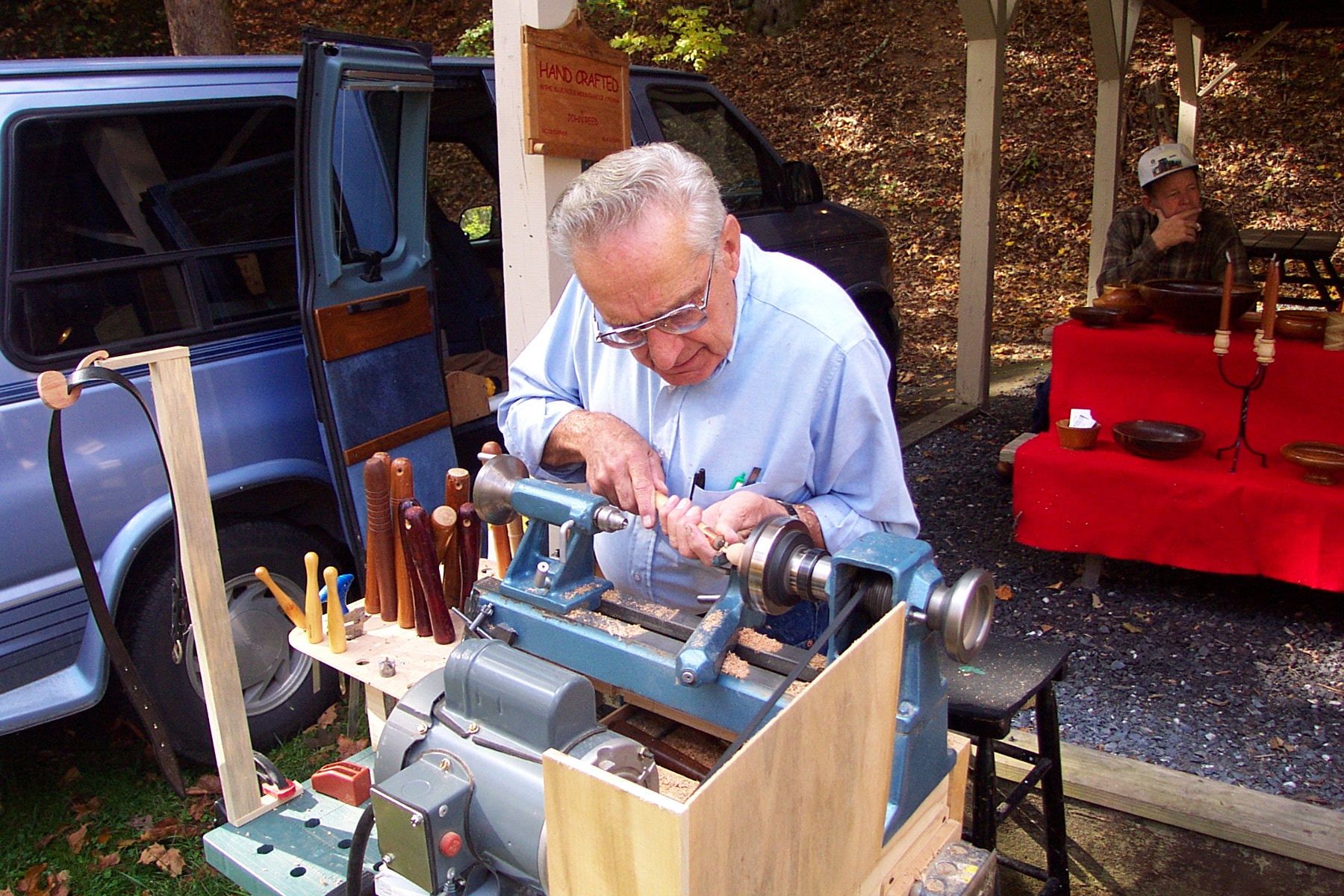
Wood turning is a technique where a piece of wood is shaped while it spins on a lathe, allowing the craftsman to carve it into various forms. This method has been used for centuries, dating back to ancient Egypt and Rome. The lathe holds the wood and spins it at high speeds, while the craftsman uses tools to shape it into bowls, spindles, or other cylindrical objects. Wood turning requires a steady hand and an understanding of the wood’s properties to achieve smooth, symmetrical shapes. The finished pieces are often polished to a fine sheen, revealing the wood’s natural beauty.
Chip Carving
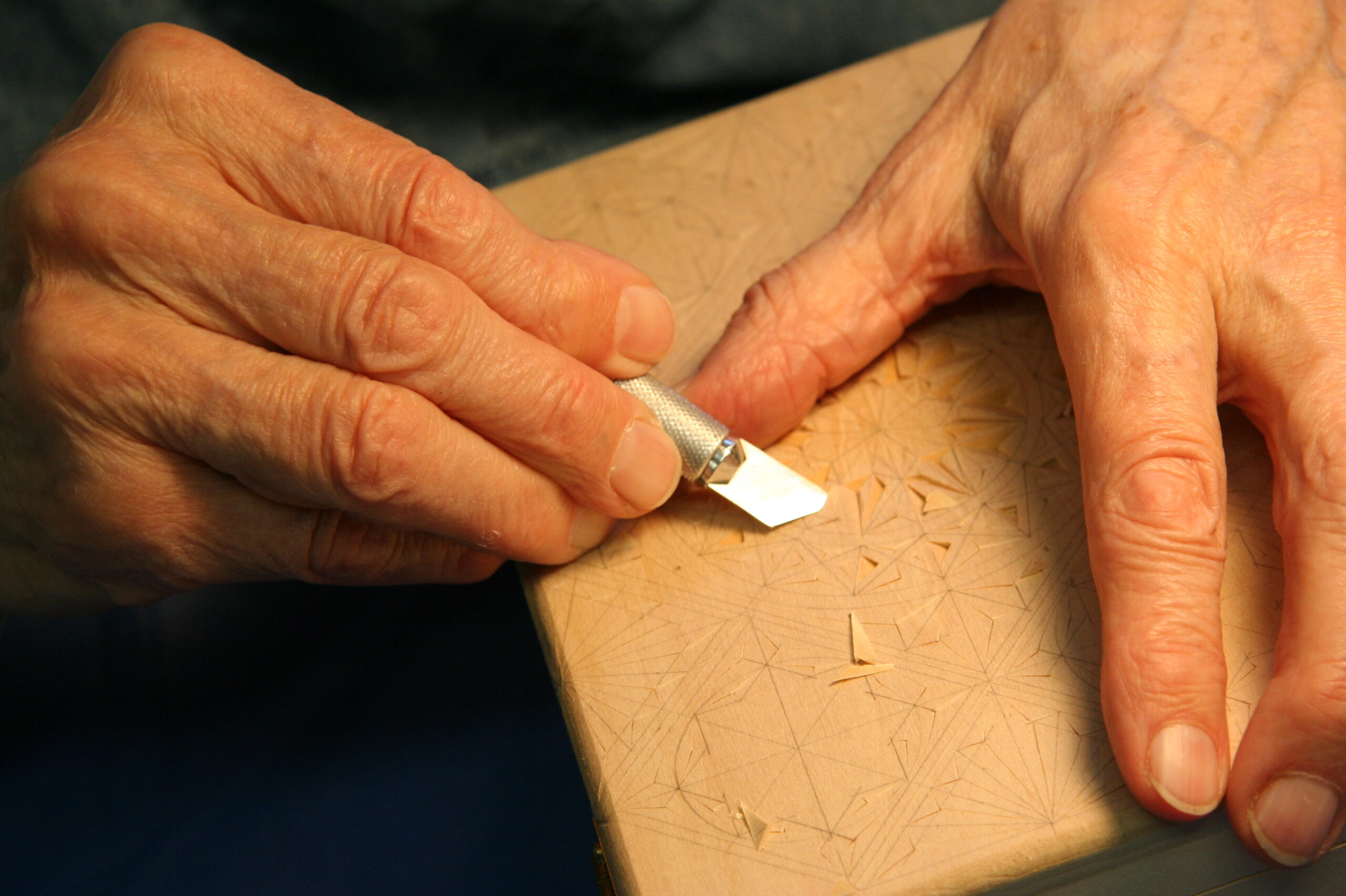
Chip carving involves removing small chips of wood from a flat surface to create patterns or designs. This technique is one of the oldest forms of carving, with origins traced back to various cultures across Europe and Asia. The tools used are typically small knives or chisels, which the craftsman uses to cut away tiny pieces of wood. The designs are often geometric or floral, with each chip adding depth and texture to the piece. Chip carving requires precision and control, as each cut must be carefully executed to avoid damaging the wood. The result is a delicate, intricate design that showcases the wood’s texture and grain.
Relief Carving
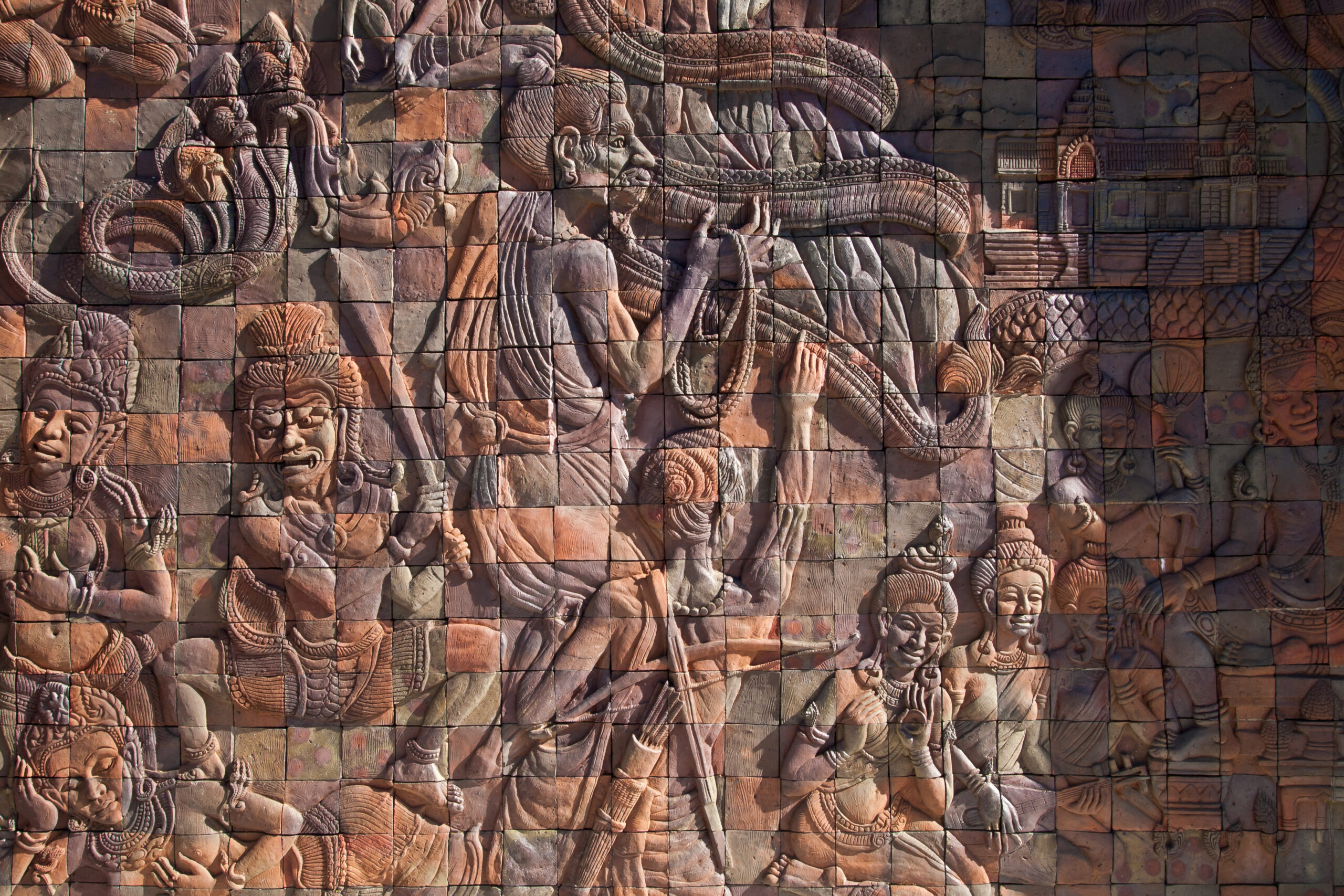
Relief carving is a method where the design is carved into a flat surface, leaving the background recessed and the design raised. This technique has been used for centuries in both Western and Eastern art, often seen in religious and decorative panels. The depth of the carving can vary, with low relief being shallow and high relief having deeper cuts. Craftsmen use chisels and gouges to carefully remove the background, allowing the design to stand out. Relief carving requires an understanding of perspective and shading to create a realistic, three-dimensional effect. The finished work often displays stunning detail and texture, making it a favored technique for decorative panels and sculptures.
Pyrography
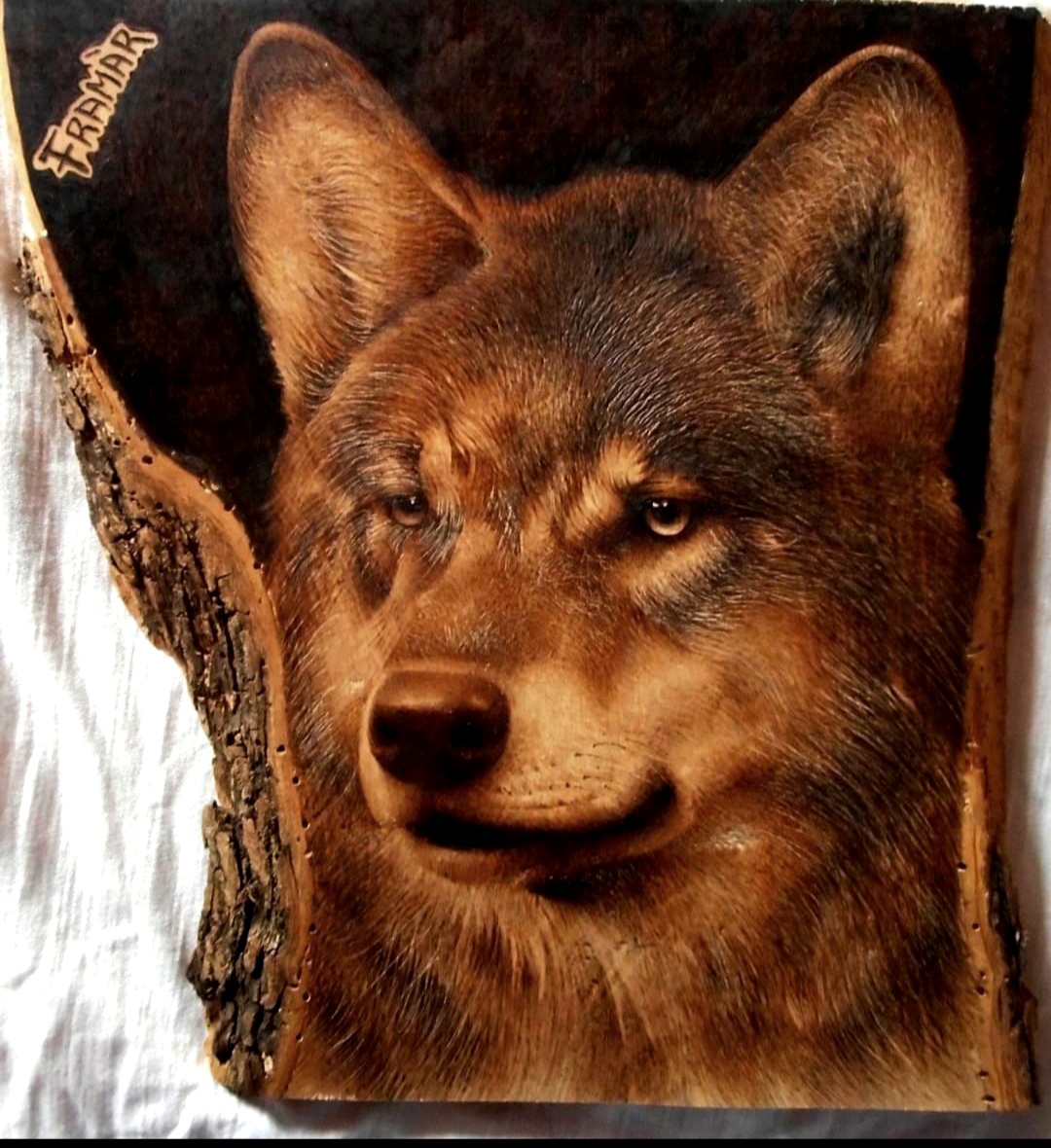
Pyrography, also known as wood burning, involves using a heated tool to burn designs into the surface of wood. This technique dates back to ancient times, where it was used by various cultures for decorative purposes. The craftsman uses a heated pen-like tool to scorch the wood’s surface, creating dark lines and shading. The temperature and pressure applied can vary, allowing for different shades and textures in the design. Pyrography requires a steady hand and a creative eye, as each stroke is permanent. The final piece often has a rustic, textured appearance, with the natural grain of the wood enhancing the design.
Scagliola
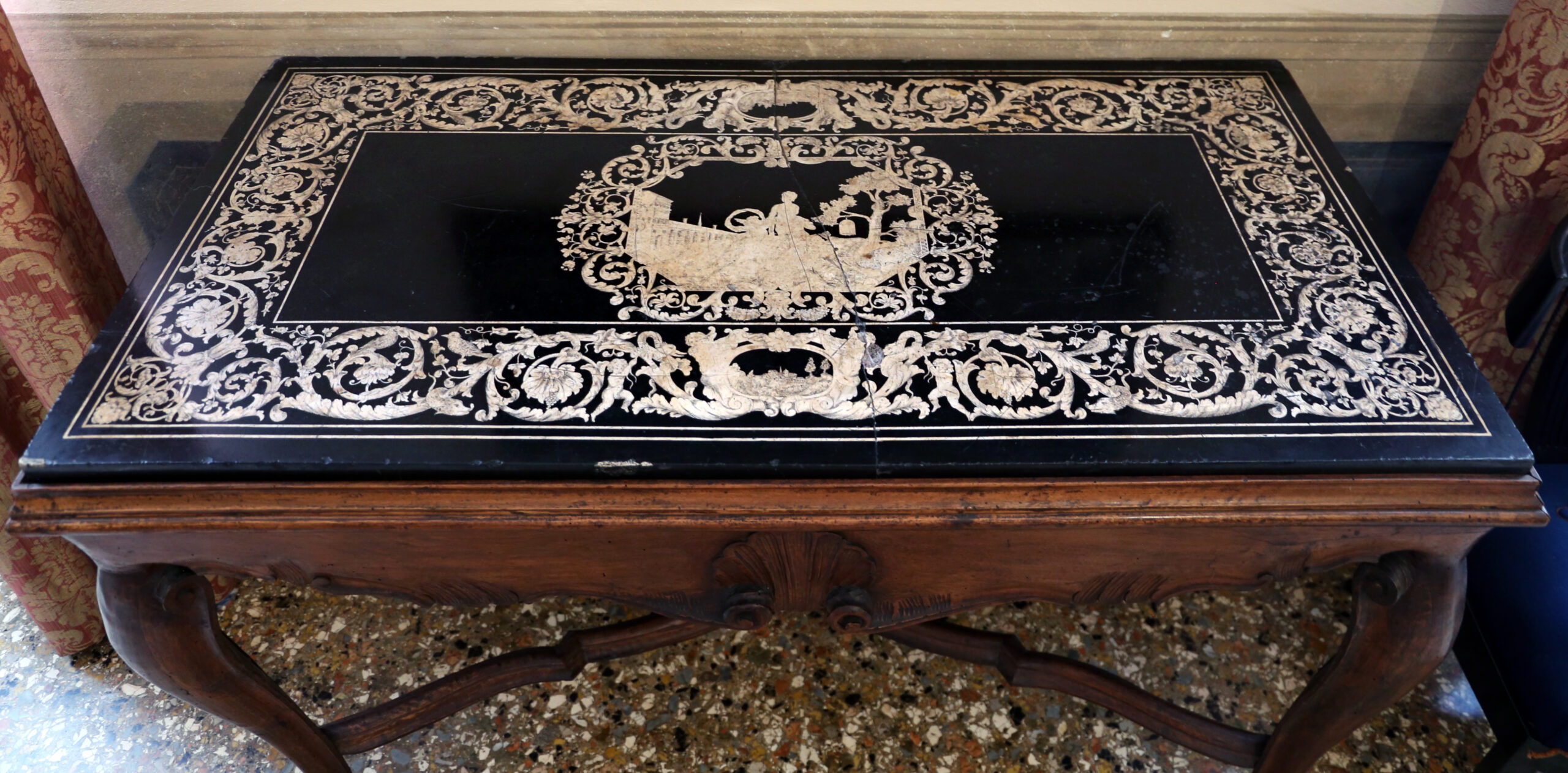
Scagliola is a technique that mimics the look of marble or other stones using a mixture of plaster, glue, and natural pigments. While traditionally associated with stonework, it can also be applied to wood surfaces to create a similar effect. This method gained popularity in Italy during the 17th century, particularly in architectural decorations. The mixture is applied to the wood, then polished to a high sheen, creating a surface that resembles marble. Scagliola allows woodworkers to create luxurious finishes on furniture and architectural elements, offering a lightweight and more affordable alternative to stone.
Boulle Work
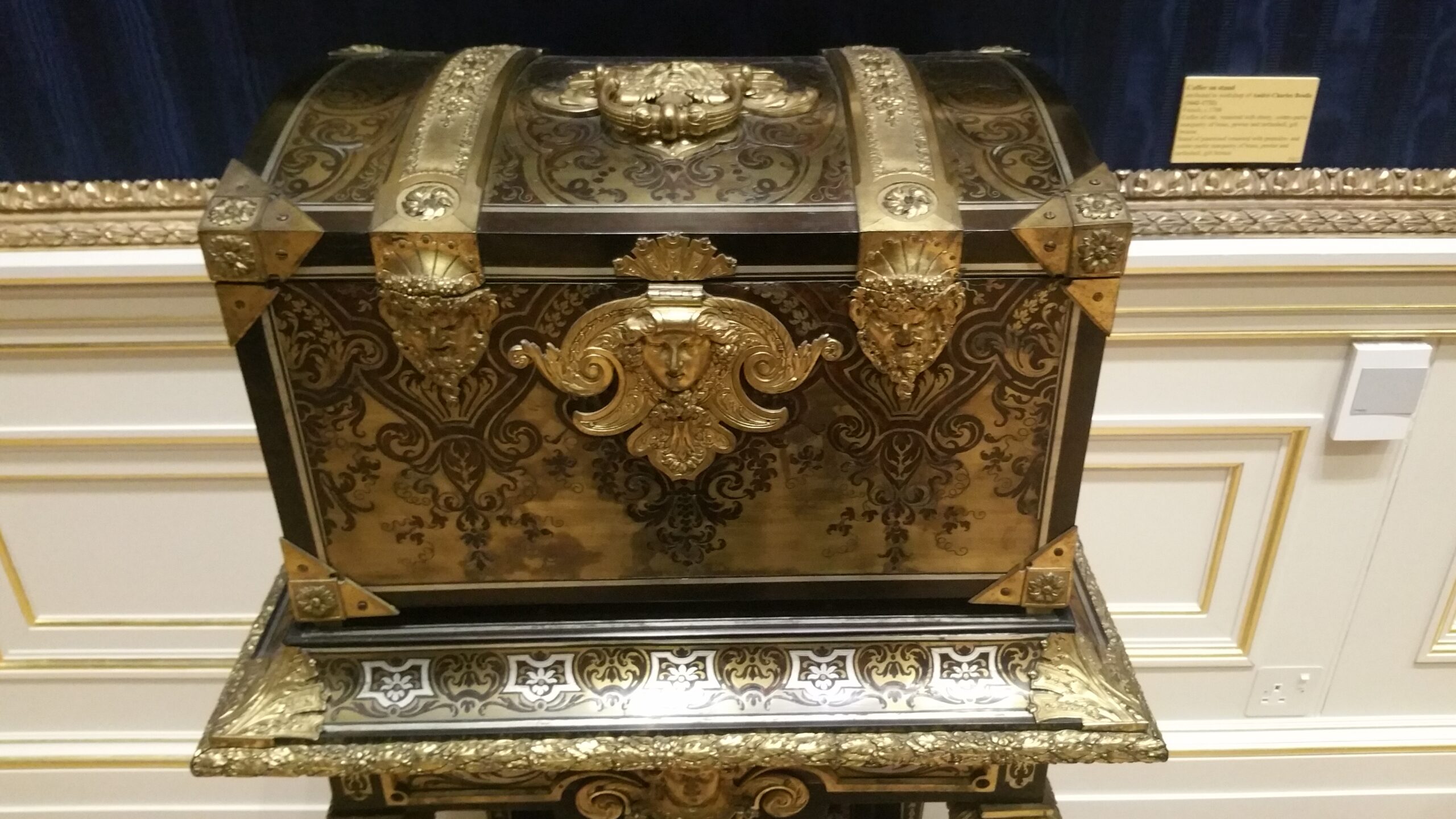
Boulle Work is a technique named after André-Charles Boulle, a French cabinetmaker who perfected the method in the 17th century. It involves inlaying brass, tortoiseshell, and other materials into wood to create intricate patterns. This method became popular in the court of Louis XIV, where Boulle’s furniture adorned the royal palaces. The process requires great skill, as the materials must be precisely cut and fitted together. The contrasting materials create a striking effect, with the gold-like sheen of the brass standing out against the dark wood. Boulle Work remains a symbol of luxury and craftsmanship, admired for its detailed and ornate designs.
Shou Sugi Ban
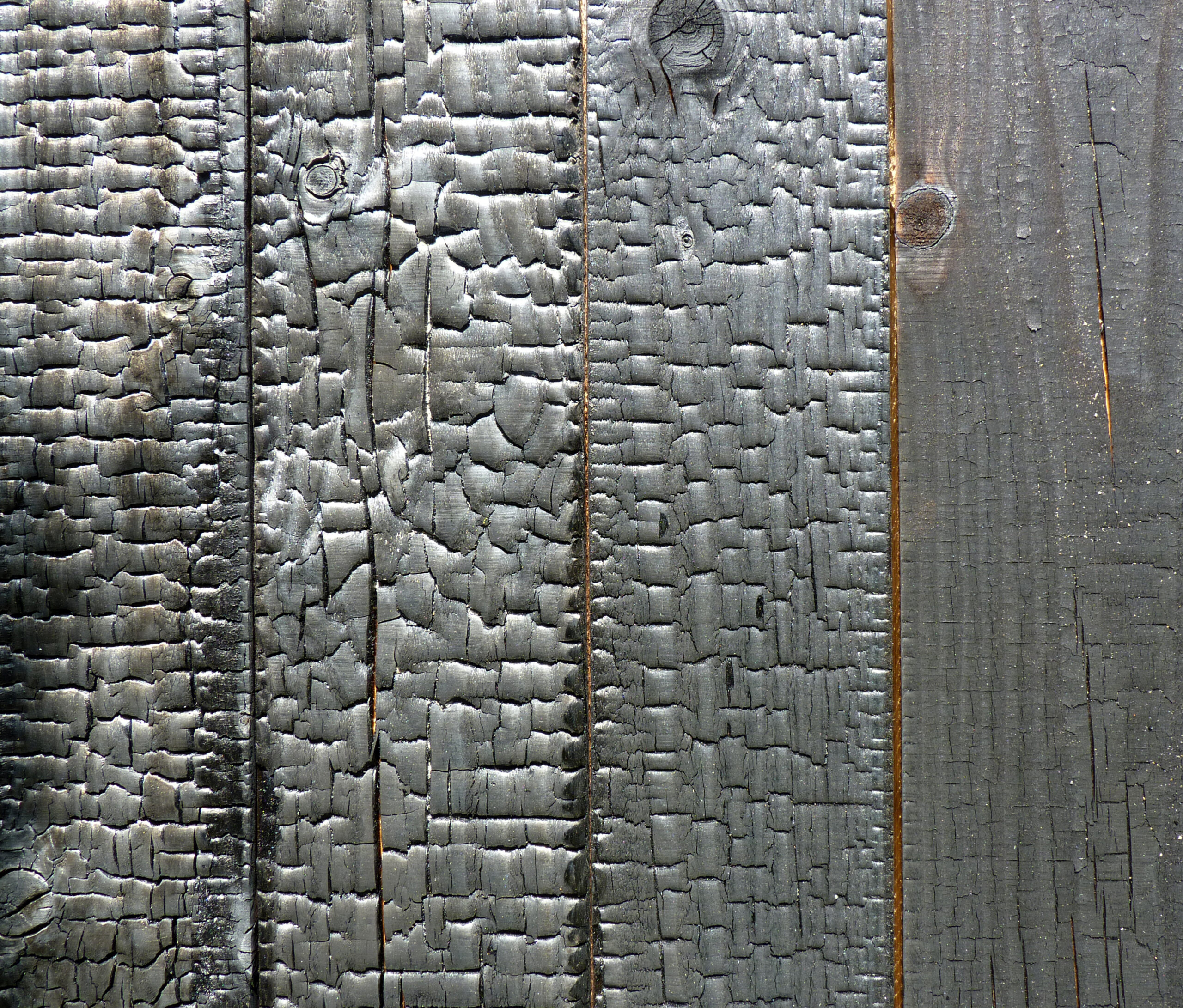
Shou Sugi Ban is a traditional Japanese technique of preserving wood by charring its surface. Originally used for siding and fencing, this method dates back to the 18th century. The wood is carefully burned, which creates a unique, textured surface that is resistant to decay and insects. After charring, the wood is often brushed and treated with oil to enhance its appearance and durability. The process not only adds a striking, rustic aesthetic but also extends the life of the wood. Shou Sugi Ban has gained popularity in modern architecture and design for its distinctive look and sustainable qualities.
Segmented Wood Turning
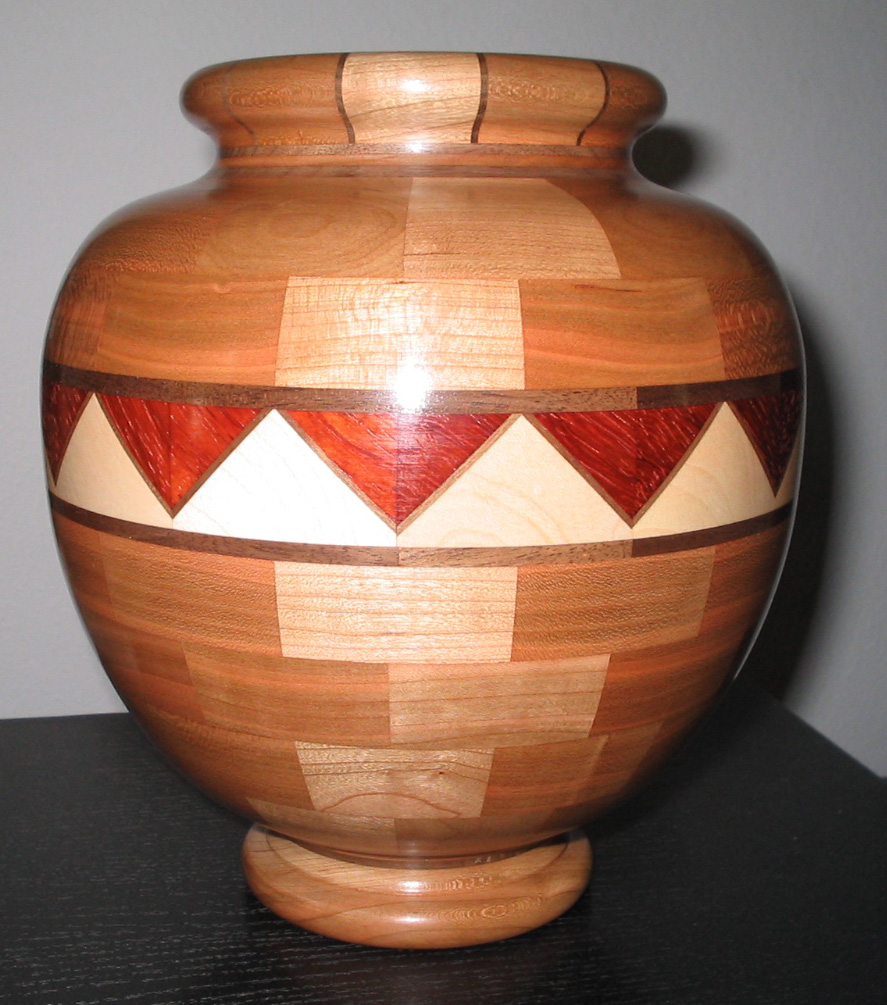
Segmented wood turning involves assembling small, individual pieces of wood into a block before turning it on a lathe. This method allows the craftsman to create intricate patterns and designs that are impossible with a single piece of wood. The technique requires precise cutting and fitting of each segment to ensure a smooth, cohesive design when turned. Segmented turning has roots in ancient craftsmanship but has seen a resurgence in modern woodworking. The finished pieces often feature stunning geometric patterns and showcase the beauty of different wood types.
Kerf Bending
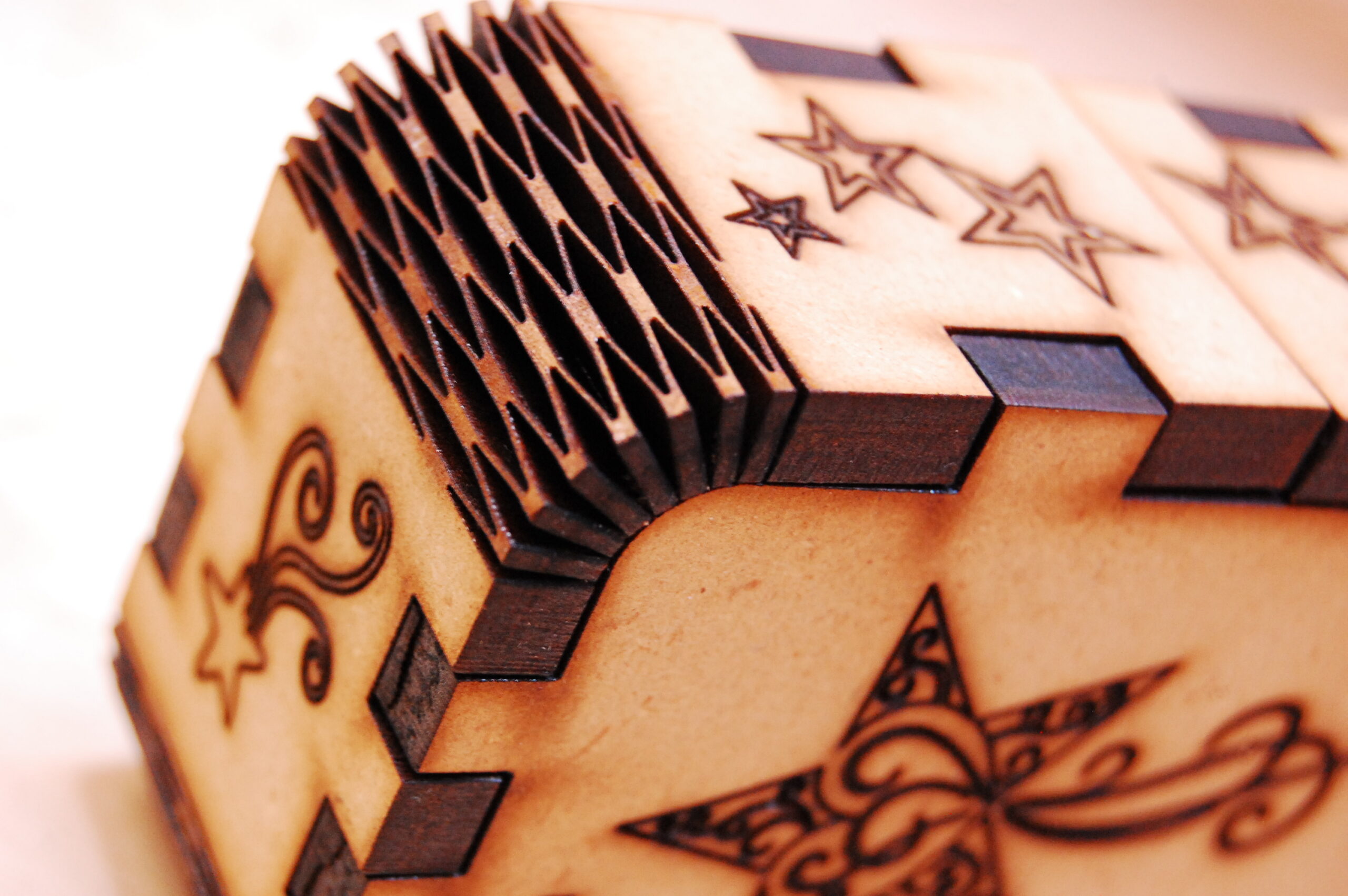
Kerf bending is a technique where a series of closely spaced cuts, or kerfs, are made in a piece of wood to allow it to bend. This method is particularly useful for creating gentle curves in solid wood without the need for steam or soaking. The kerfs reduce the rigidity of the wood, making it flexible enough to bend without breaking. Once bent, the wood is glued and clamped in place, and the kerfs are often filled or hidden in the final design. Kerf bending is a practical technique that enables craftsmen to achieve complex shapes in their work.
Bookmatching
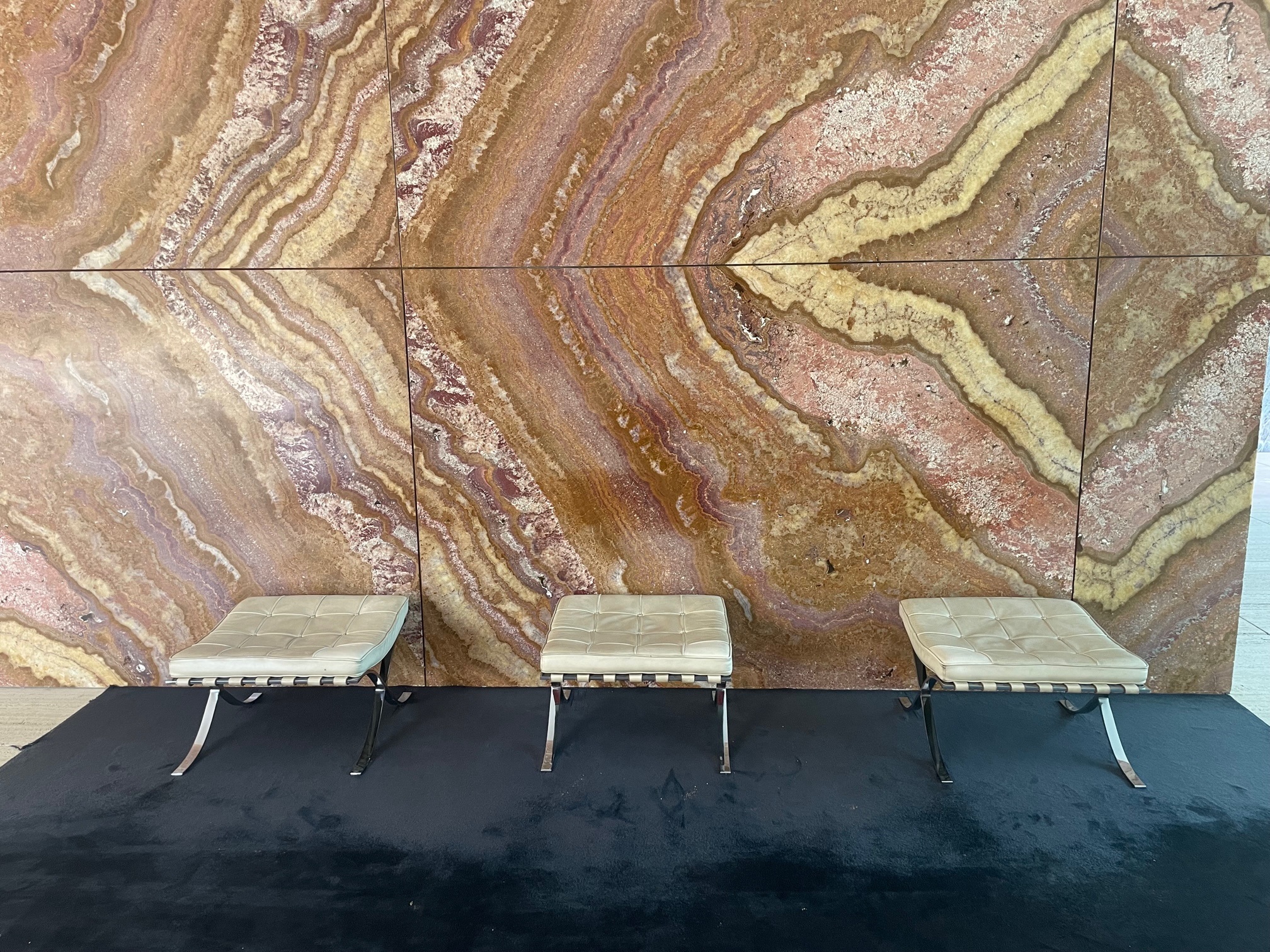
Bookmatching is the practice of matching two or more wood veneers so that they create a mirror image of each other when opened like a book. This technique is often used in high-end furniture and cabinetry to create symmetrical, visually striking patterns. The process requires skill in selecting and aligning the veneers to ensure a perfect match. Bookmatching has a long history in fine woodworking, particularly in the creation of tabletops and decorative panels. The resulting pattern enhances the natural beauty of the wood grain, adding a touch of elegance to the finished piece.
This article originally appeared on Rarest.org.
More from Rarest.org
20 Hidden Caves Around the World with Fascinating Stories

Caves hold mysteries that span centuries, offering glimpses into the earth’s hidden treasures. From glowing caverns to ancient sanctuaries, these natural wonders tell stories of history, culture, and the environment. Read More.
15 Leading Sports Apparel Brands Dominating the Market

Sports apparel is a booming industry, with certain brands leading the charge in profitability. These companies have carved out a significant place in the market, offering products that appeal to both athletes and casual wearers alike. Read More.
15 Iconic Ceramics and Pottery Pieces Every Collector Wants
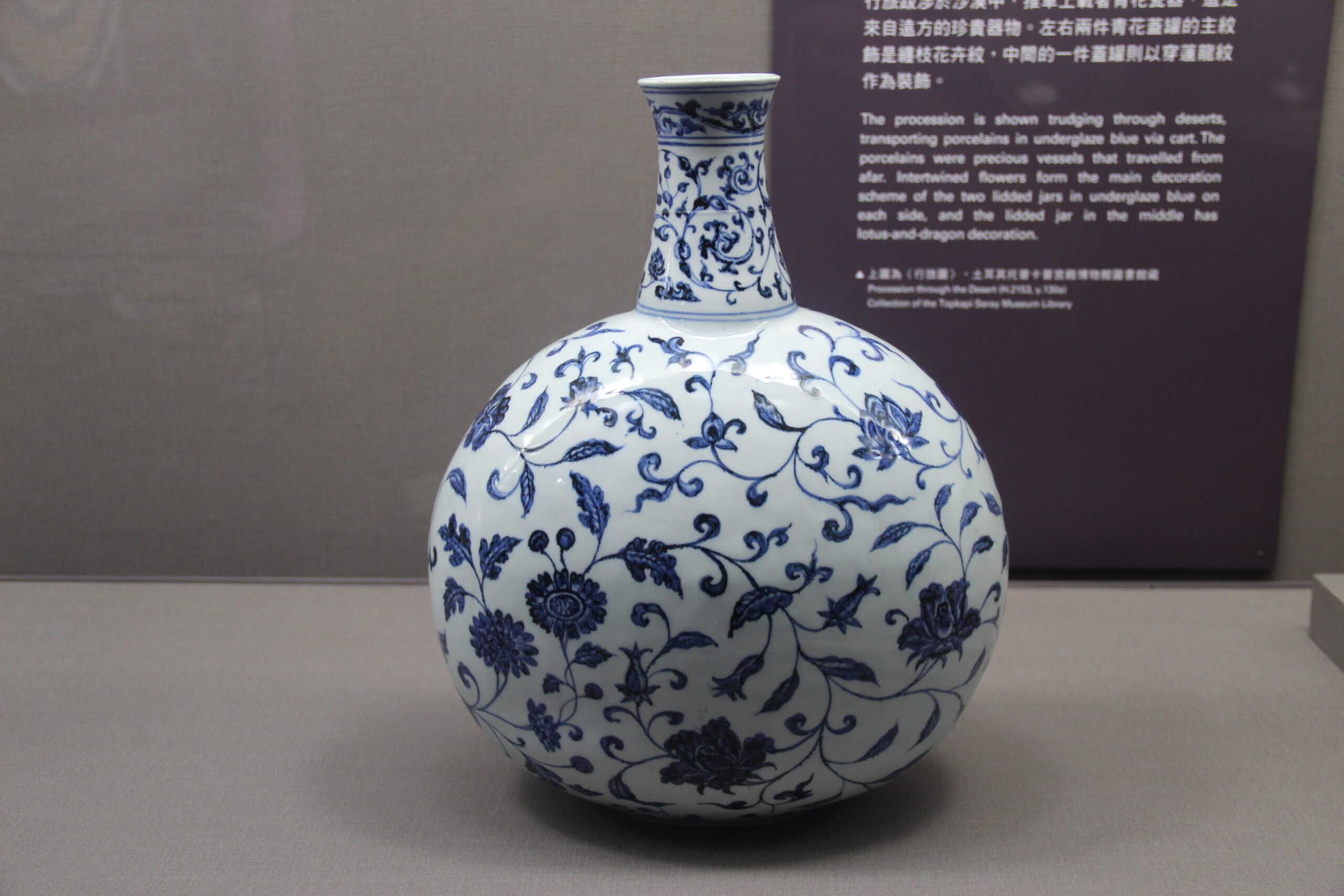
Historic ceramics and pottery hold a special place in the world of collectibles. These pieces are not just art; they tell stories of ancient civilizations and craftsmanship. Read More.
